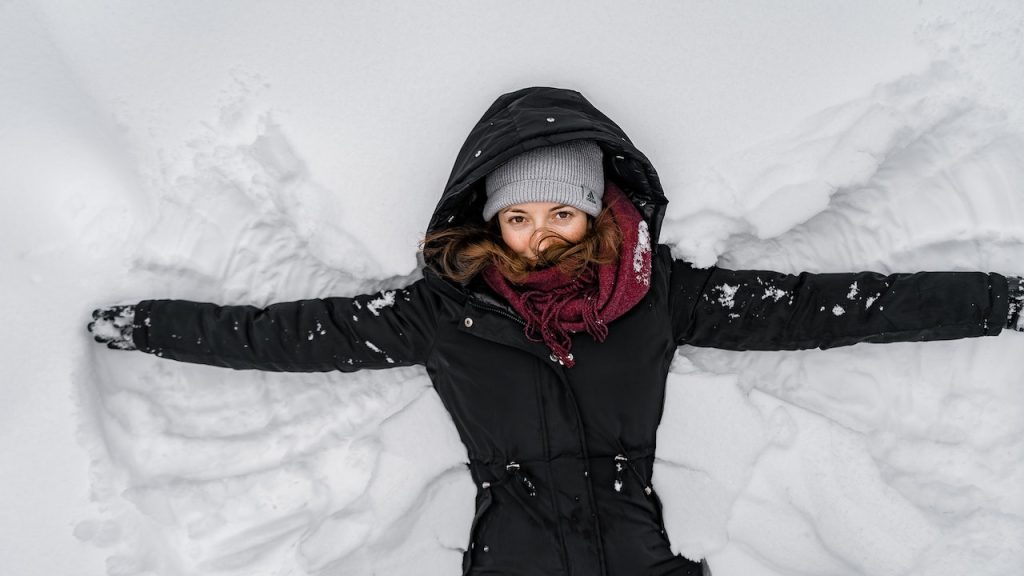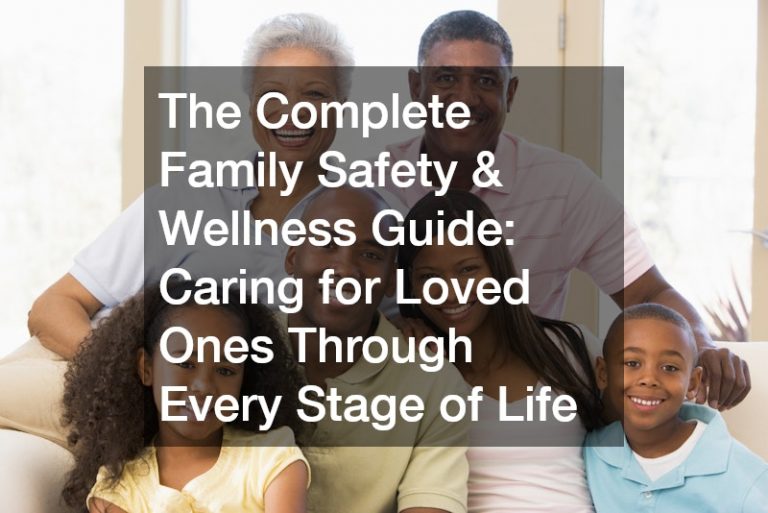- Women are more prone to physical health risks in cold weather due to lower body fat and lower oxygen levels in the blood.
- Seasonal Affective Disorder (SAD) can be more common in women due to hormone fluctuations and lack of sunlight exposure.
- Social implications exist as some women may not have access to proper winter clothing or transportation options.
- The best ways to prepare for winter weather include dressing in layers, protecting yourself from the wind, and caring for your skin.
The winter season can bring a lot of joy to many people, from snowball fights to hot cocoa by the fire. But what does winter weather mean for women? Is it just an excuse to get out their favorite sweaters and boots? Or are there other implications that go beyond fashion? Here’s a closer look at how winter weather impacts women differently than men.
Physical Health Effects
One of the most significant ways winter weather affects women differently is through physical health. Women have a more challenging time staying warm during cold weather due to lower body fat percentages than men and lower hemoglobin levels in the blood, which carries oxygen around the body.
This means that cold weather exposure makes them more susceptible to hypothermia, frostbite, and even heart attacks. Women must take extra precautions when heading outside during cold weather, such as dressing in layers and limiting their time outdoors.

Mental Health Effects
Another way that winter weather affects women is through mental health effects. For some people, colder months can lead to Seasonal Affective Disorder (SAD), a depression associated with reduced sunlight exposure.
Women are more likely than men to experience SAD symptoms due to fluctuating hormone levels throughout their menstrual cycle. The lack of sunlight can also cause fatigue, mood swings, and difficulty sleeping, all of which can worsen mental health issues like depression or anxiety. Women need to be aware of these potential symptoms and seek professional help if needed.
Social Implications
Finally, there are social implications related to winter weather impacting women differently than men. During extremely cold temperatures or snowstorms, it can be difficult for some women who don’t have access to proper winter clothing or transportation options like cars or public transportation systems. This means they may have limited access to necessities like food or medical care during these times if they don’t have access or money for alternative transportation options like taxis or ride-sharing services.
How to Prepare For Winter
As a woman, it’s essential to be aware of winter weather’s potential physical, mental, and social implications. Here are some of the best ways to prepare for winter:
Dressing Appropriately
When dressing for winter weather, the most important thing to remember is to dress in layers. Multiple layers will help regulate your body temperature so you don’t get too cold or hot outdoors. Make sure to choose warm and durable fabrics, like wool or fleece.
It’s also essential to invest in a good down jacket. A robust gore tex down jacket should be able to cover your needs. It’s made of breathable fabric that blocks wind and retains heat.

Mental Health Support
Developing a plan for dealing with mental health issues in advance is important, such as speaking with a therapist or psychiatrist before winter arrives. Research has shown that exercising regularly, eating balanced meals, and getting plenty of sleep can all help prevent SAD symptoms from appearing.
Additionally, women should seek out social support from friends and family members during this time. Making sure you have a good network of people to talk to or lean on if needed can be incredibly beneficial for managing mental health concerns that may arise in the winter months.
Protecting Yourself From the Wind
Another thing to consider is how to protect yourself from the wind. Even if you’re appropriately dressed for cold weather, strong winds can still make it feel colder than it is. So, ensure you have something like a windbreaker or an insulated coat with a hood to help shield you from the wind’s chillier effects. Also, avoid wearing materials like cotton, which won’t do much to insulate you against the cold outside air.
Taking Care of Your Skin
Finally, don’t forget about taking care of your skin during wintertime! Colder temperatures often mean dryer skin due to a lack of moisture in the atmosphere, so it’s important to use moisturizers regularly during this season to maintain soft and healthy skin all winter long. Also, lip balms and hand creams can help prevent chapped lips and dry hands during particularly chilly days!
By taking these simple steps, women can ensure they are prepared for the colder months and remain safe and healthy when the winter weather hits. Knowing how to prepare for winter is essential for all women, no matter their age or economic status. Taking extra care of your physical and mental health during this time can make a difference in how you experience the winter season.



